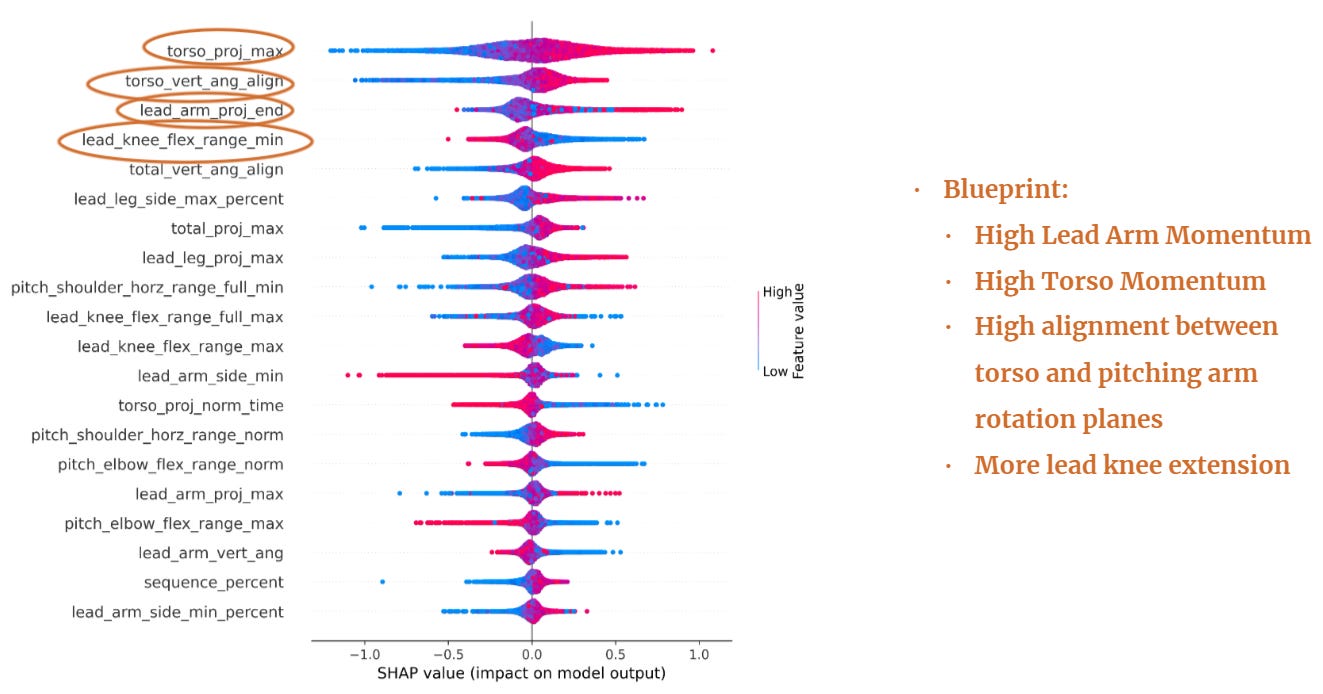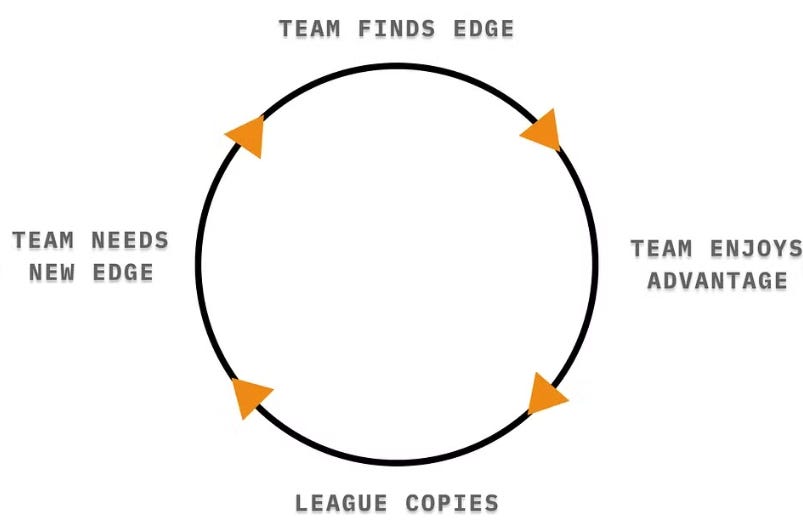Every other week I write an email discussing what I learn growing Reboot Motion. If you would like to receive it directly in your inbox, subscribe below.
Our Reboot Spotlight series is a new one where I sit down with members of the Reboot team and have them discuss their work.
I recently sat down with Jimmy Buffi, our founder and CEO, to show how we’ve acted as true partners to our MLB organizations- and how we plan to do the same in the NBA.
—
Reboot Motion’s mission is to enable large organizations to excel in biomechanics at scale.
But what does that mean?
The second part of the sentence is easy to understand. Biomechanics at scale is accomplished via:
The first part of our mission- “enabling large organizations to excel”- is a bit more vague. Teams, as well as individuals within a team, all have different questions, many of which are constantly evolving.
However, we hear one question over and over again. While it can be asked in many ways, it usually comes down to:
How can I use motion capture data to gain a long-term competitive advantage?
The following is a look at how we answer that question. A look at how we would build a best-in-class in-house NBA biomechanics team, with examples from work we’ve done in MLB.
Step 1: Simple Access to Clean Data
Before touching analysis, we ensure our partners have simple access to clean data. We do this by 1) smoothing key points and 2) implementing internal data quality checks, where only the data we’re confident in gets through.
The result?
Our partners receive clean and trustworthy motion capture data daily, ready for easy exploration.
Step 2: Deliver a Sandbox to Play In
Once we have confidence in the key points generated, it is time to transform them into metrics that matter, so our partners can generate better models and reports.
To see how this is done in baseball, let’s look at an example:
Stuff+ is a common way teams strip out variance to determine pitcher effectiveness- using things like velocity, vertical break, horizontal break, and more.
While this is a great start, our partners can improve their custom models by understanding the inputs to the inputs.
For example, not all velocity is equal.
Where the velocity comes from matters, especially as it relates to injury risk.
Check out how we dive into a “safe velocity” model here.
Step 3: Combining a Sandbox with Expertise
Between step 2 and step 3 is where organizations make a strategic decision. In order to take full advantage of motion capture data and deliver actionable information to coaches, S&C staff, executives, and more, they either will 1) build out their internal R&D department or 2) work even closer with us.
For those looking for additional support, we combine our software, metrics, and biomechanics background to help them find their next breakthrough.
While we’d never share team requests, we do have a few public examples:
Custom, Easy to Use Metrics: Objective Deception
In early 2023, we noticed multiple media outlets writing about deception- specifically discussing certain pitchers who continually outperformed expectations.
We immediately dove in to see if we could use objective data to explain subjective observations. And we did exactly that, creating a metric that compares arm slot to approach angle, detailed here.
In Season Player Monitoring: Aggregate Hitting Reports
Below is an example of our weekly aggregate hitting reports, which clubs regularly use for in-season player monitoring.
We’d expect the NBA version to start off less detailed, as coaches don’t have the same familiarity with this data.
Advanced Scouting: Aggregate Hitting Reports (Again)
With motion capture league wide, a deep understanding of movement data can pay off in multiple ways.
Check out how a pitcher and their pitching coach can use the same reports shown above to prep for their next opponent:
Ad Hoc Deep Dives: Marrying Software and Expertise
As often as possible, we like to have a tool or workflow that maps 1:1 with a partner pain point. However, that’s not always feasible.
Fortunately, we are purposely built to tackle ad hoc requests whenever they come up.
Requests come in various forms, but mostly center around comparing scenarios:
Different date ranges
Various situations- pitch types, counts, etc.
Return to play vs pre-injury
Generally, these start with either 1) a question or 2) a subjective hypothesis. We then work collaboratively with our partner team to build objective analyses that can be used to help inform a final decision.
Conclusion
We know there are countless differences between basketball and baseball.
But there are commonalities as well.
Teams in both leagues are filled with analysts, coaches, and executives who are just as competitive as the athletes they work with.
While everyone sees the battles on the court or the field, there is equal competition in front offices. Who are the best evaluators? Which organizations best develop talent? Who sees the next evolution in strategy first?
In order to win that game, in order to move at the pace necessary to excel against other world class competitors, you need a partner in your corner- a partner that complements your in-house talent and helps you find the next edge.
Reboot Motion is the only company purposely built to be that partner. One that helps you innovate. One that helps you excel in biomechanics at scale.



